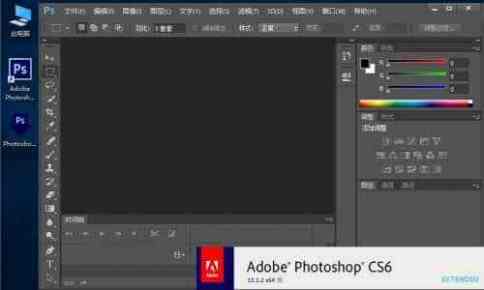


You can also control the color of Point Lights. Point Lights work like a light bulb in open space you can change its location or intensity, but you cannot specify a direction. You can think of the Hotspot as being the location where the light “hits the surface” of the image just as a spot light in the real world is brightest where it hits the stage, your image is brightest under the Hotspot. You can also control a Spot Light’s color and its “Hotspot”. You can control their intensity, the direction they are pointing, and their location in X, Y space. Spot Lights work just as they do in the real world. Instead it uses the main document window as a preview, as well as the panel area and Options Bar to display its controls ( Figure2).įigure 4: The three available light types you can add to Lighting Effects are (from left to right) Spot Lights, Point Lights, and Infinite Lights. The first thing you will notice if you used Lighting Effects in the past, is that the filter is no longer limited to a small modal dialog box and preview. To begin the lighting workflow, choose Filter > Render > Lighting Effects. While this will increase the size of your file (especially for higher resolution photos), I think the benefits outweigh the added size To do that, create a duplicate of the layer you want to work on, right-click it in the Layers panel and choose “Convert to Smart Object” before beginning your edits. Lighting Effects UIĪ quick note before we begin: Lighting Effects is a Smart Object compatible filter, meaning you can use it non-destructively, returning to change your settings (after applying them) as many times as needed without degrading file quality. However, even with the benefits of HDR the image is still somewhat flat in contrast, as shown in Figure1.įigure 1: The example image has some interesting aspects to it, but we can use Lighting Effects to draw more attention to the most interesting parts of the photo. The exposures were taken with the intent of accentuating the amazing “cloud lights” that were present just after sunset. This article provides a general overview of the filter (including its new interface), and demonstrates how you can use Lighting Effects to dramatically impact the composition or look of your photographs.īefore we take a look at Lighting Effects, let’s consider the sample image I’ve chosen for a moment. Lighting Effects has been around a long time, but the Lighting Effects filter in Photoshop CS6 is essentially a brand new feature in the sense that it has been completely remade. A great example of this is the new Lighting Effects filter in Photoshop CS6, which uses part of Photoshop’s 3D engine without actually creating the complexity of a 3D workflow. You might think that 3D workflows don’t provide any benefit to traditional two-dimensional photo editing, but as Photoshop’s 3D technology has matured, the impact has been felt in other areas of the program. However, in recent years Adobe added some impressive 3D editing capabilities to Photoshop. Photoshop’s traditional role is as a 2D photo editor.


 0 kommentar(er)
0 kommentar(er)
